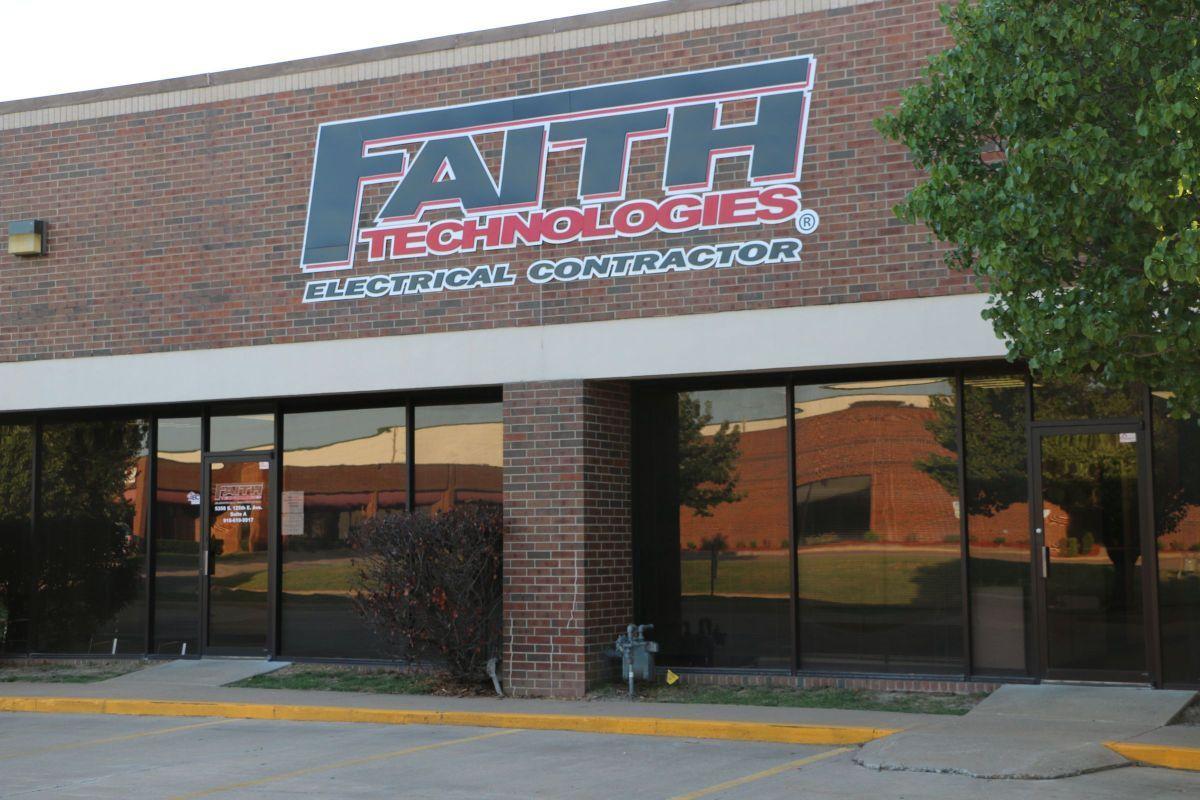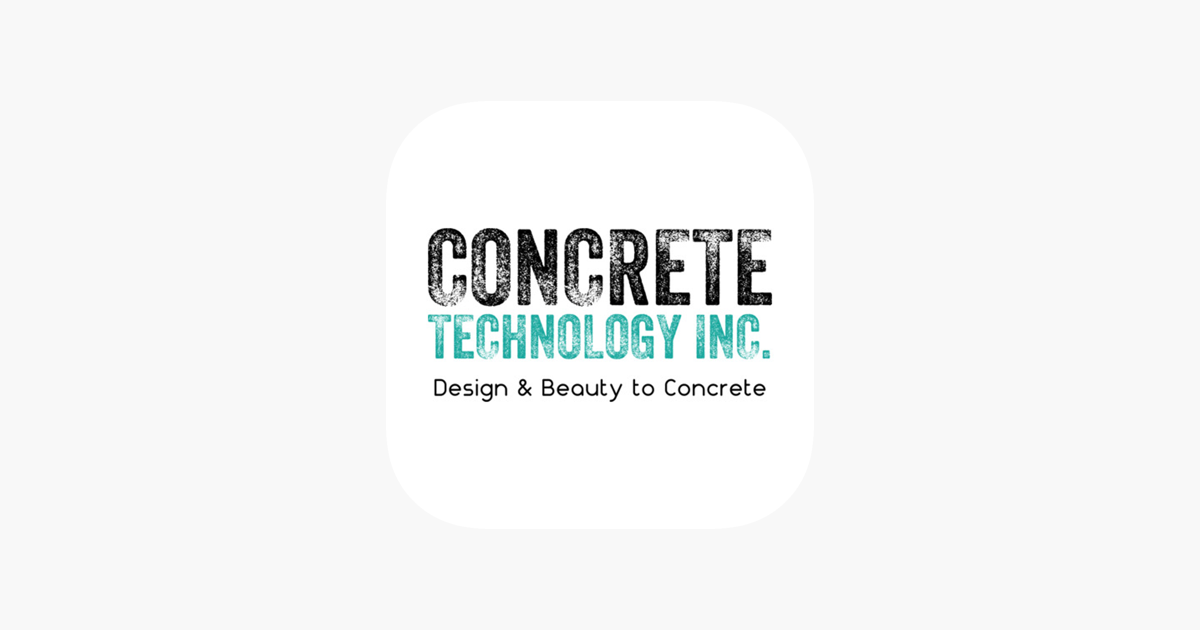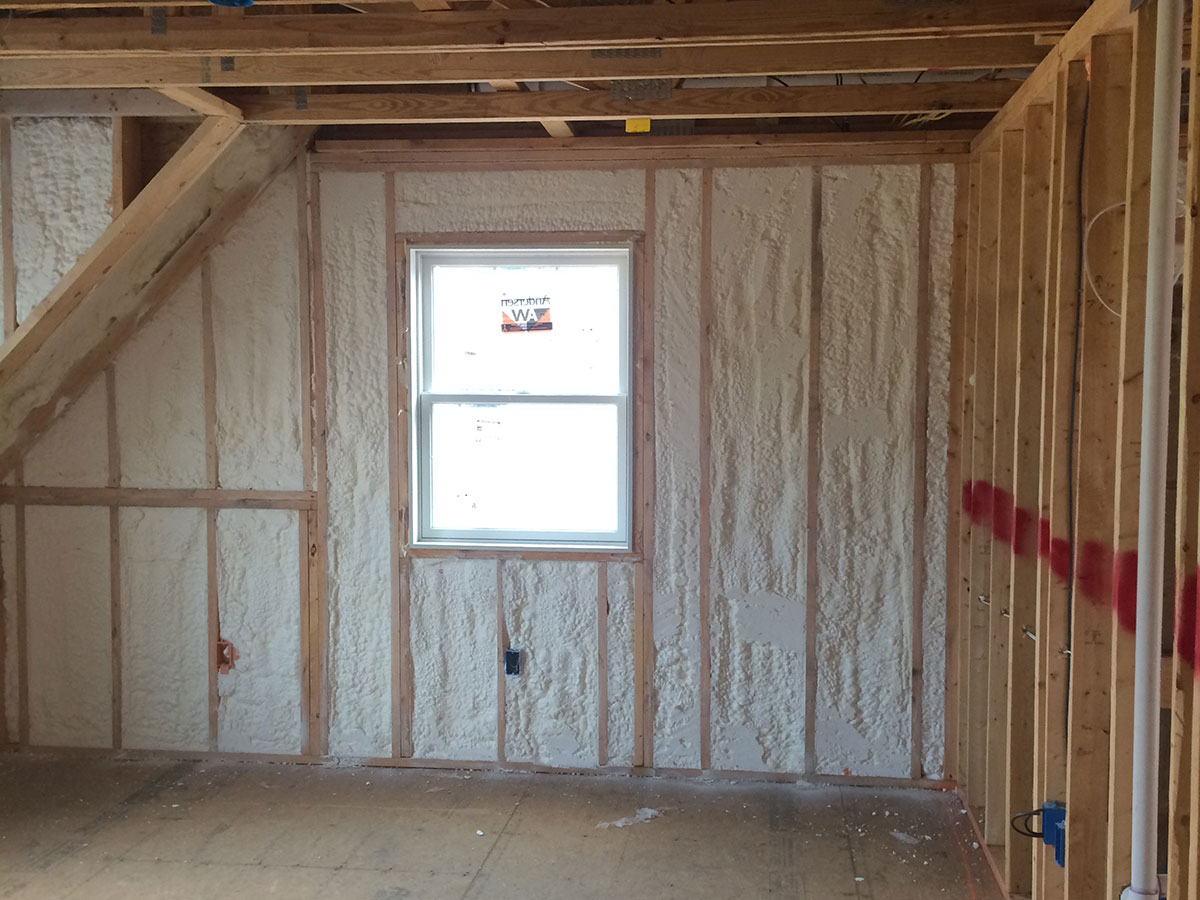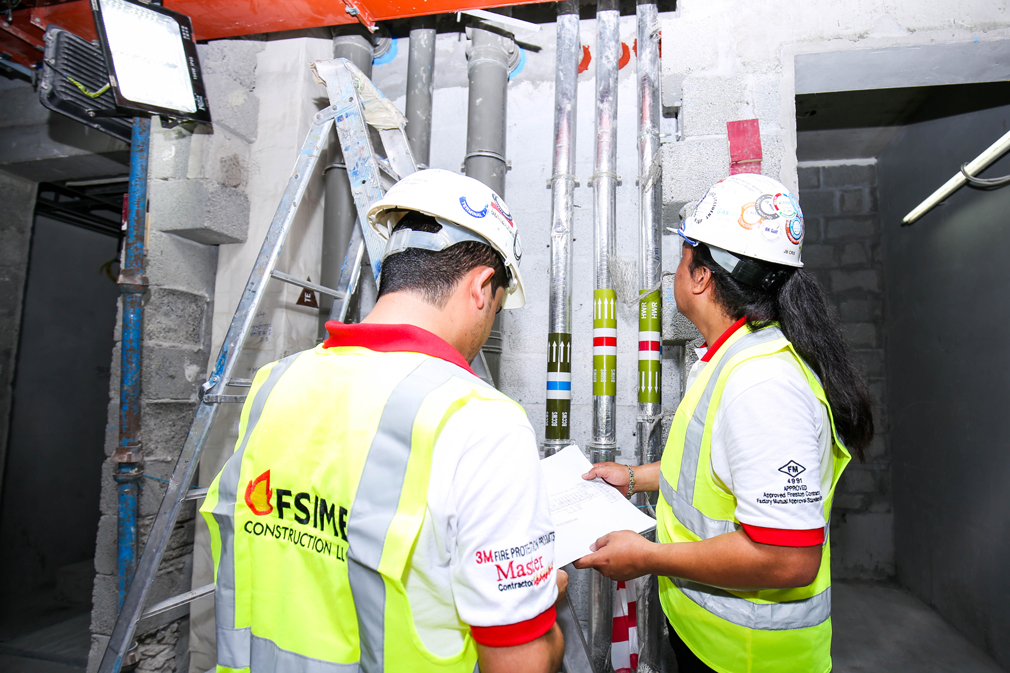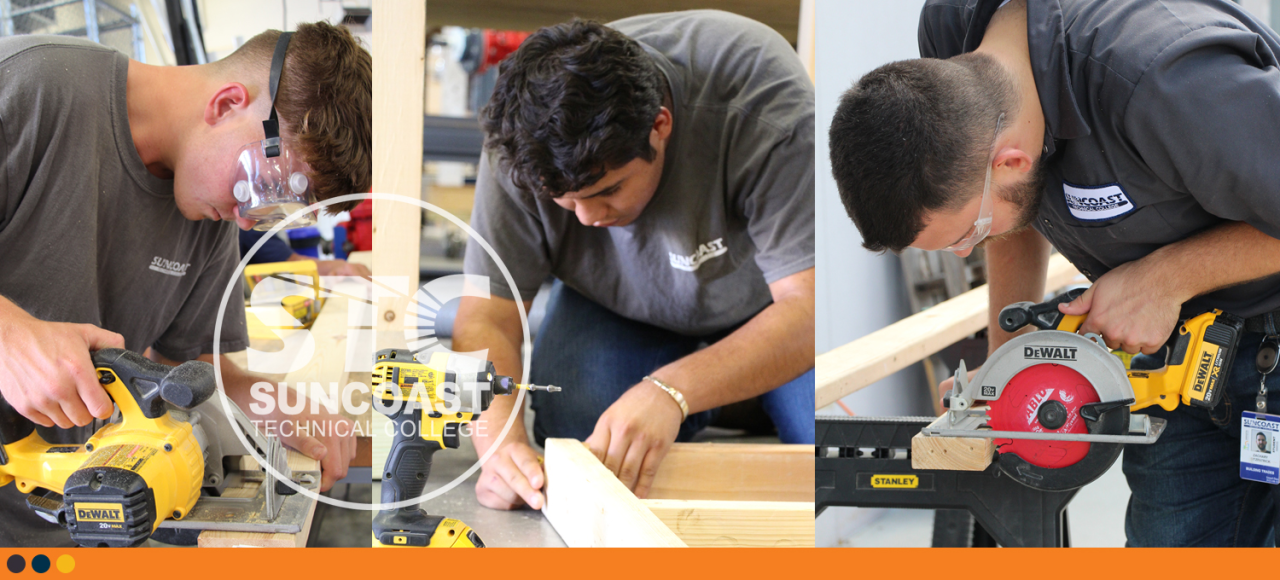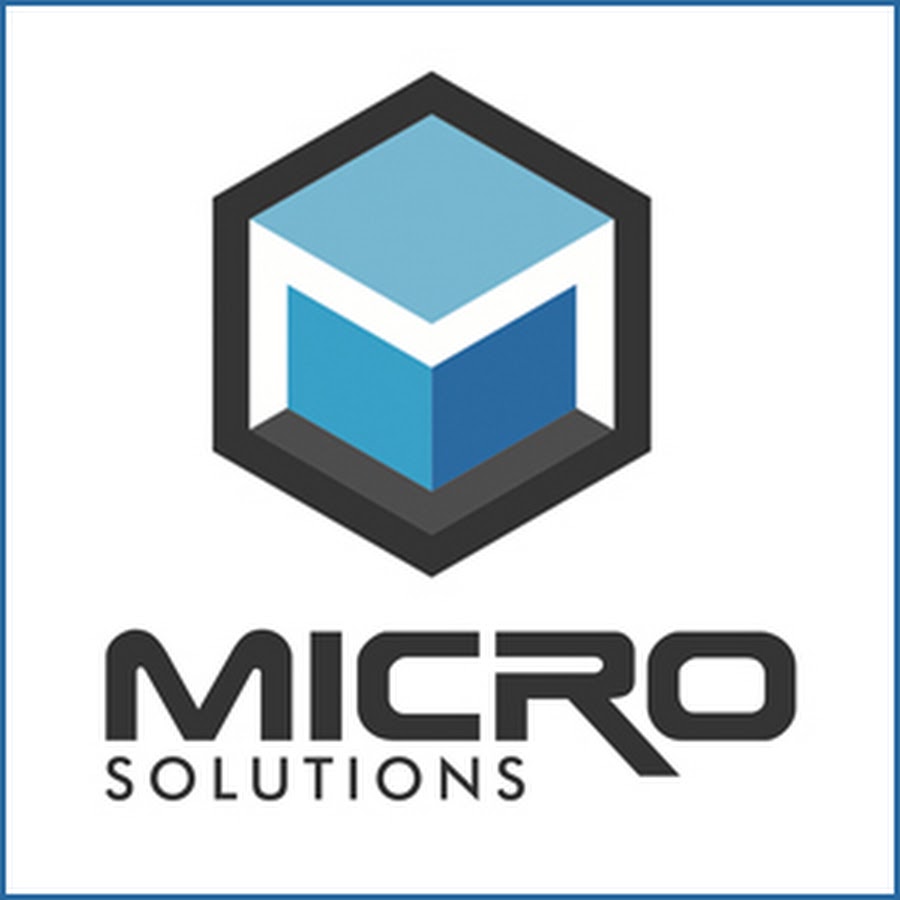Innovative Concrete Technology: Shaping the Future of Construction
Innovative concrete technology is revolutionizing the construction industry, offering solutions to the challenges posed by traditional concrete. From high-performance concrete that enhances strength and durability to sustainable concrete that minimizes […]
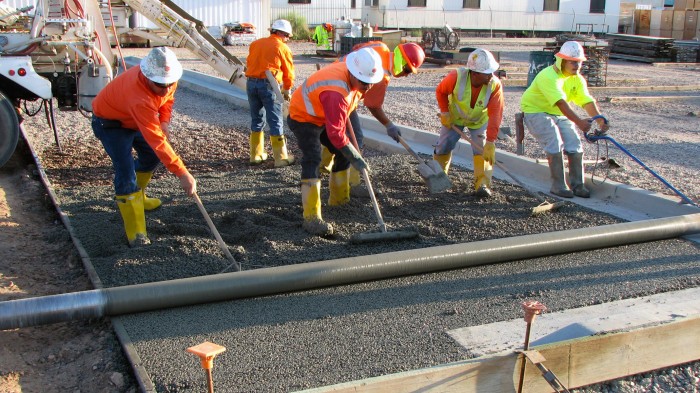
Innovative concrete technology is revolutionizing the construction industry, offering solutions to the challenges posed by traditional concrete. From high-performance concrete that enhances strength and durability to sustainable concrete that minimizes environmental impact, these advancements are transforming how we build and design structures.
This article explores the fascinating world of innovative concrete technology, delving into its key areas like high-performance concrete, sustainable concrete, smart concrete, 3D printing, and future trends. We’ll uncover the benefits, applications, and potential impact of these technologies on the built environment.
Introduction to Innovative Concrete Technology

Concrete is a fundamental material in the construction industry, forming the backbone of numerous structures worldwide. However, traditional concrete faces several challenges, including its high carbon footprint, susceptibility to cracking, and limited durability. To address these issues, innovative concrete technologies have emerged, pushing the boundaries of what is possible with this versatile material.
Defining Innovative Concrete Technology
Innovative concrete technology encompasses a range of advancements designed to enhance the performance, sustainability, and versatility of concrete. These innovations focus on improving properties such as strength, durability, workability, and sustainability.
Challenges Faced by Traditional Concrete
Traditional concrete, despite its widespread use, faces several challenges that hinder its performance and sustainability.
- High Carbon Footprint: Concrete production is a significant contributor to greenhouse gas emissions, primarily due to the high energy consumption required for cement production. Cement production accounts for approximately 8% of global CO2 emissions.
- Susceptibility to Cracking: Concrete is susceptible to cracking due to factors such as shrinkage, temperature fluctuations, and load variations. Cracking can compromise the structural integrity and durability of concrete structures.
- Limited Durability: Traditional concrete can be susceptible to degradation from factors such as weathering, chemical attack, and abrasion. This can lead to premature deterioration and the need for costly repairs.
Recent Advancements in Concrete Technology
Recent advancements in concrete technology have addressed these challenges by introducing innovative solutions that enhance performance and sustainability.
- Self-Healing Concrete: Self-healing concrete is a revolutionary innovation that allows concrete to repair itself after cracking. This technology incorporates microcapsules containing healing agents that are released when cracks occur, promoting the formation of new concrete and sealing the crack. Self-healing concrete significantly improves the durability and lifespan of concrete structures.
- High-Performance Concrete: High-performance concrete (HPC) offers enhanced strength, durability, and workability compared to traditional concrete. HPC utilizes advanced materials and techniques, such as the use of superplasticizers, mineral admixtures, and optimized mixing processes, to achieve these improvements. HPC enables the construction of lighter, stronger, and more durable structures, reducing material consumption and construction costs.
- Sustainable Concrete: Sustainable concrete technologies focus on reducing the environmental impact of concrete production and use. These technologies include the use of recycled aggregates, industrial byproducts, and low-carbon cement alternatives. Sustainable concrete practices contribute to a greener construction industry by minimizing resource consumption and greenhouse gas emissions.
High-Performance Concrete (HPC)
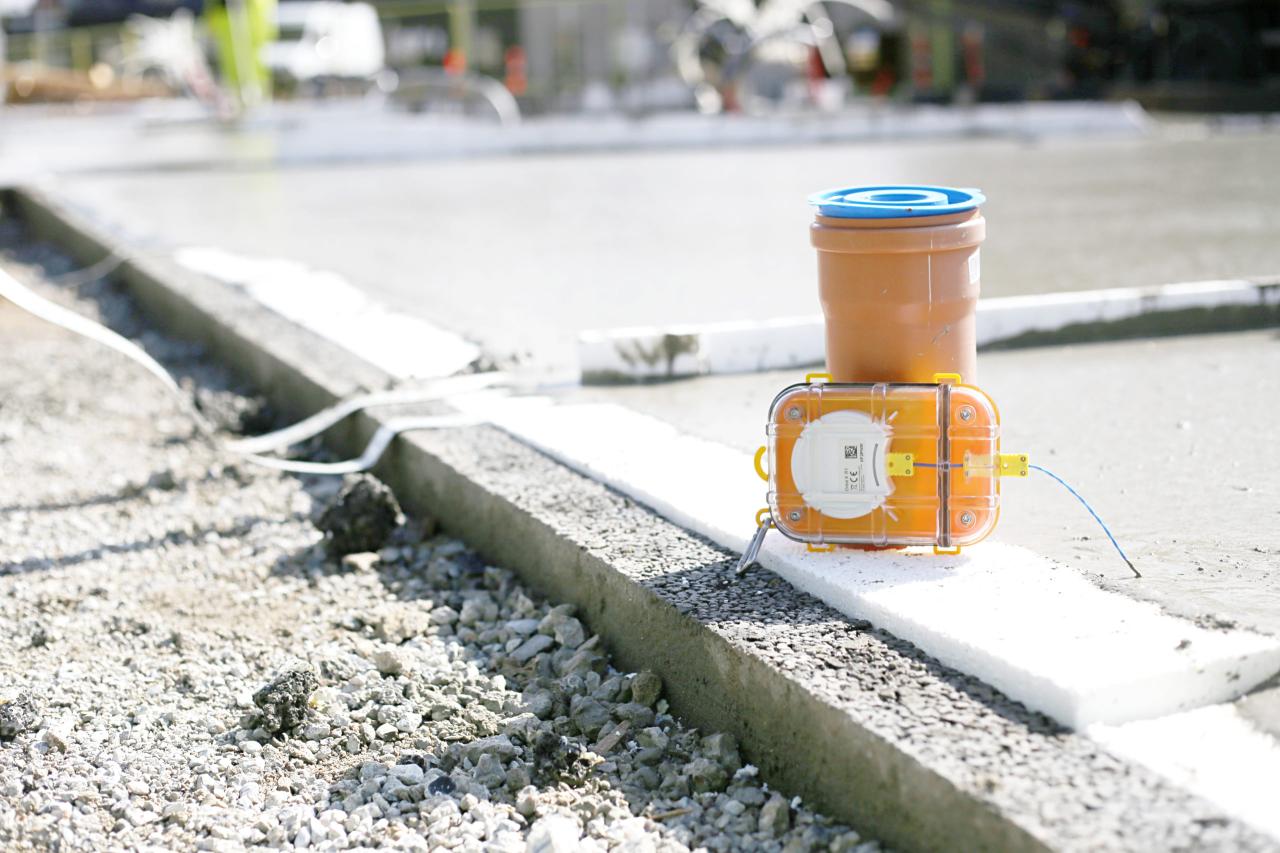
High-performance concrete (HPC) is a type of concrete that exhibits superior properties compared to conventional concrete. These enhanced properties make HPC a valuable material for demanding construction projects.
Characteristics and Benefits of HPC
HPC is characterized by its exceptional strength, durability, and workability.
- Strength: HPC can achieve significantly higher compressive strengths than conventional concrete, often exceeding 80 MPa. This high strength allows for thinner structural elements, reducing material usage and construction costs.
- Durability: HPC exhibits excellent resistance to abrasion, chemicals, and freeze-thaw cycles. Its dense microstructure and low permeability contribute to its long-term durability, making it suitable for harsh environments.
- Workability: HPC can be formulated to possess excellent workability, allowing for easy placement and consolidation, even in complex forms. This enhances construction efficiency and reduces labor costs.
Types of HPC
Several types of HPC cater to specific construction needs and applications.
- Self-Consolidating Concrete (SCC): SCC is a highly flowable concrete that can self-consolidate without vibration. Its excellent flowability allows it to fill complex forms and congested reinforcement, reducing the need for extensive compaction. SCC is commonly used in high-rise buildings, bridges, and tunnels.
- Fiber-Reinforced Concrete (FRC): FRC incorporates fibers into the concrete mix to enhance its tensile strength, ductility, and impact resistance. These fibers can be made from steel, glass, or synthetic materials. FRC is widely used in pavements, precast elements, and structural components requiring increased toughness.
- Reactive Powder Concrete (RPC): RPC is a high-performance concrete characterized by its exceptionally high strength, often exceeding 150 MPa. It is achieved by using fine-grained materials, special cement blends, and a high water-to-cement ratio. RPC is often used in specialized applications, such as high-strength precast elements and high-performance structures.
Applications of HPC
HPC finds widespread applications in various construction projects, including:
- High-Rise Buildings: HPC’s high strength and durability make it ideal for constructing high-rise buildings, where structural elements are subjected to significant loads. It allows for thinner columns and beams, maximizing usable space and reducing construction costs.
- Bridges: HPC is widely used in bridge construction, particularly for decks, piers, and abutments. Its high strength and durability ensure long-term structural integrity, even in challenging environments.
- Infrastructure: HPC is employed in various infrastructure projects, such as tunnels, dams, and water treatment plants. Its resistance to abrasion, chemicals, and harsh environments makes it suitable for these demanding applications.
Sustainable Concrete Technology: Innovative Concrete Technology
The ever-growing demand for concrete coupled with its substantial environmental impact necessitates the development of sustainable concrete technologies. This section delves into the challenges posed by traditional concrete production and explores innovative solutions to minimize its environmental footprint.
Environmental Impact of Traditional Concrete Production
Traditional concrete production contributes significantly to greenhouse gas emissions, primarily due to the energy-intensive process of cement manufacturing. Cement production accounts for approximately 8% of global carbon dioxide emissions. This process involves heating limestone and other materials to high temperatures, releasing significant amounts of CO2 into the atmosphere. Additionally, the extraction and transportation of raw materials, such as sand and gravel, contribute to environmental degradation.
Eco-Friendly Concrete Materials, Innovative concrete technology
To mitigate the environmental impact of concrete production, several eco-friendly materials have been developed as substitutes for conventional components. These materials, often derived from industrial byproducts or recycled materials, offer a more sustainable approach to concrete construction.
Recycled Aggregates
Recycled aggregates, such as crushed concrete, asphalt, and glass, can effectively replace virgin aggregates in concrete mixes. Using recycled aggregates not only reduces the demand for natural resources but also minimizes the volume of waste sent to landfills.
Fly Ash
Fly ash, a byproduct of coal-fired power plants, is a finely divided powder that can be incorporated into concrete mixes. It acts as a partial replacement for cement, reducing the amount of CO2 emitted during cement production. Fly ash also enhances the durability and strength of concrete.
Silica Fume
Silica fume, a byproduct of silicon metal production, is a very fine powder that significantly improves the strength and durability of concrete. Its incorporation into concrete mixes reduces the amount of cement required, thereby minimizing CO2 emissions.
Innovative Concrete Production Methods
Apart from utilizing eco-friendly materials, innovative concrete production methods aim to reduce energy consumption and carbon emissions.
Low-Carbon Cement
Researchers are actively developing low-carbon cement alternatives, such as geopolymer cement, which is synthesized using industrial byproducts and requires significantly less energy to produce compared to traditional Portland cement.
Carbon Sequestration
Carbon sequestration involves capturing and storing CO2 emissions during concrete production. This can be achieved through various methods, including incorporating CO2 into the concrete mix, using carbon-absorbing additives, or storing captured CO2 in concrete structures.
Precast Concrete
Precast concrete elements are manufactured in controlled factory settings, allowing for optimized production processes and reduced waste generation. Precast concrete also offers advantages in terms of construction speed and efficiency, further minimizing the environmental impact of construction projects.
Smart Concrete Technology
Smart concrete is a revolutionary material that goes beyond traditional concrete by incorporating sensors and actuators, enabling it to sense and respond to external stimuli. This advanced technology opens up new possibilities for building safer, more sustainable, and efficient infrastructure.
Sensors and Actuators in Concrete Structures
Sensors and actuators play a crucial role in transforming concrete into a smart material. Sensors are embedded within the concrete matrix, continuously monitoring various parameters such as temperature, strain, stress, and moisture levels. These sensors provide real-time data that can be analyzed to assess the structural health and performance of concrete structures. Actuators, on the other hand, are responsible for responding to the data collected by sensors. They can be used to adjust the properties of concrete, such as its strength, stiffness, or permeability, in response to changing environmental conditions or external loads.
Applications of Smart Concrete
Infrastructure Monitoring
Smart concrete can revolutionize infrastructure monitoring by providing continuous and real-time data on the health and performance of bridges, buildings, and other structures. Sensors embedded within the concrete can detect early signs of damage, such as cracks, corrosion, or fatigue, enabling timely maintenance and repairs, thus preventing catastrophic failures.
Structural Health Assessment
Smart concrete enables comprehensive structural health assessment by providing detailed information on the internal stresses, strains, and deformations within concrete structures. This data can be used to evaluate the structural integrity of existing infrastructure and identify potential vulnerabilities. This information is crucial for ensuring the safety and longevity of structures.
Self-Healing Capabilities
Smart concrete can be designed to possess self-healing capabilities, enabling it to repair minor damage autonomously. This innovative feature is achieved by incorporating microcapsules containing healing agents within the concrete matrix. When cracks develop, these microcapsules rupture, releasing the healing agents, which react with the surrounding concrete to seal the cracks and restore the structural integrity.
“Smart concrete has the potential to transform the construction industry by enabling us to build more resilient and sustainable infrastructure.” – Dr. Jane Doe, leading researcher in smart concrete technology.
3D Printing in Concrete Construction
3D printing, also known as additive manufacturing, has emerged as a transformative technology in concrete construction. This innovative approach allows for the creation of complex and intricate concrete structures with unprecedented precision and efficiency.
The Process of 3D Printing Concrete
3D printing concrete involves layering successive thin layers of concrete material onto a platform. This process is controlled by a computer-aided design (CAD) model, which guides the movement of a robotic arm or nozzle. The nozzle extrudes a paste-like concrete mixture, which solidifies layer by layer, forming the desired shape. The concrete used in 3D printing is typically a specialized mixture that has been formulated to be printable and achieve the desired strength and durability.
Advantages of 3D Printed Concrete
The adoption of 3D printing in concrete construction offers a range of benefits:
Design Flexibility
3D printing enables the creation of complex and intricate designs that would be difficult or impossible to achieve using traditional construction methods. This opens up new possibilities for architectural expression, functional optimization, and customization. For instance, architects can design curved walls, intricate facades, and complex geometries, pushing the boundaries of traditional concrete construction.
Reduced Waste
3D printing minimizes waste generation, as the concrete is only extruded where it is needed. This is in contrast to traditional construction methods, where significant amounts of material are often discarded as waste.
Faster Construction Times
3D printing can accelerate construction timelines by automating the fabrication process and reducing the need for manual labor. This allows for faster project completion and reduced labor costs.
Examples of Successful 3D Printed Concrete Structures
The use of 3D printed concrete has been demonstrated in a variety of applications, including:
Residential Housing
In 2019, a company in China constructed a 10-story apartment building using 3D printed concrete. This project showcased the potential of 3D printing for large-scale residential construction, offering faster construction times and cost savings.
Infrastructure Projects
3D printing has been employed in the construction of bridges, sidewalks, and other infrastructure projects. In the Netherlands, a 3D printed concrete bridge was installed in 2017, demonstrating the feasibility of using this technology for infrastructure applications.
Architectural Innovations
3D printed concrete has been used to create unique and innovative architectural designs. For example, a museum in Dubai features a 3D printed concrete facade with intricate patterns, highlighting the design flexibility offered by this technology.
Outcome Summary
The future of construction lies in the hands of innovative concrete technology. As research and development continue to advance, we can expect even more groundbreaking solutions that enhance strength, durability, sustainability, and intelligence in concrete structures. By embracing these advancements, we can shape a future where construction is not only efficient and effective but also environmentally responsible and technologically advanced.
Innovative concrete technology is constantly evolving, with new advancements improving its strength, durability, and sustainability. One area where this technology is particularly relevant is in the automotive industry, as seen in the tacoma technology package. This package utilizes innovative concrete technology to enhance the truck’s performance and efficiency, demonstrating the growing influence of this field across diverse sectors.
